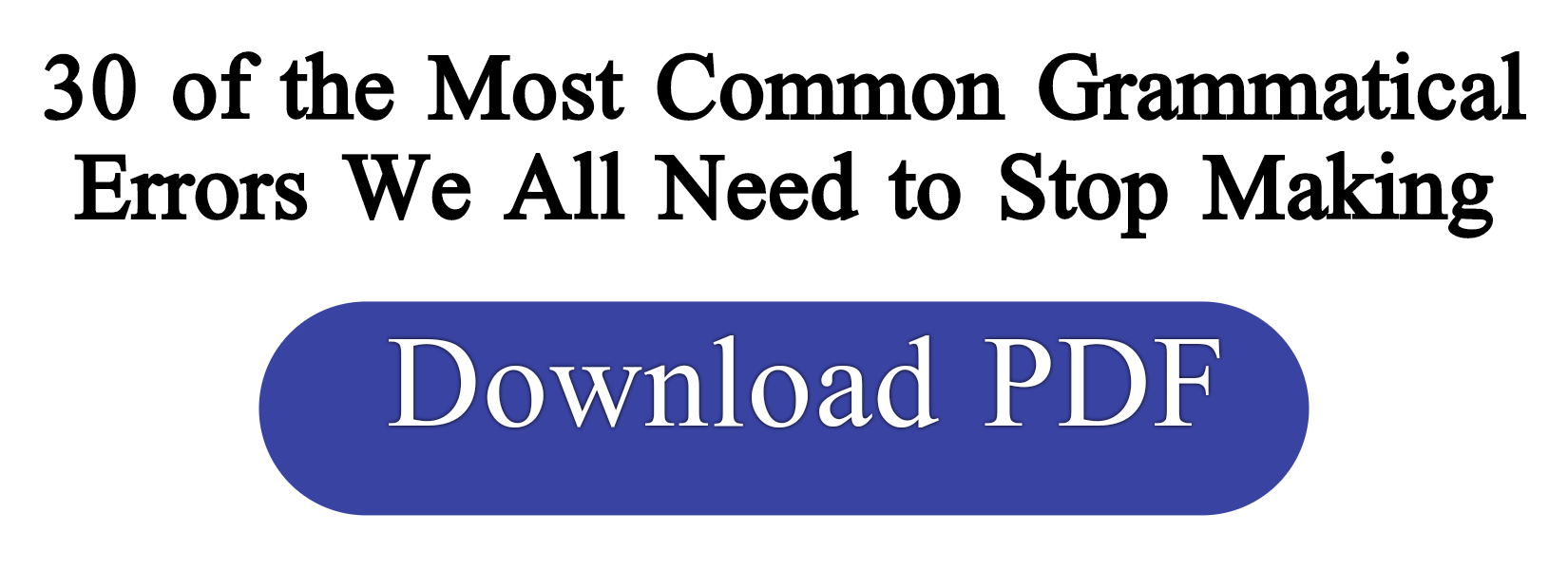Parallelism is an important element in English writing, especially when you are listing and comparing and contrasting items or ideas. Parallelism means that each item in a list or comparison follows the same grammatical pattern. If you are writing a list and the first item in your list is a noun, write all of the following items as nouns. If the first item is an infinitive verb phrase, make all of the others infinitive verb phrases; if it is a dependent clause, make all of the others dependent clauses. If you are making a comparison or contrast, make sure that the items you are comparing or contrasting are of the same structure.
Notice how the rule of parallelism is observed in the second sentence in each of the following sets.
Not parallel: The disadvantages of nuclear reactors are their great danger and that they are very expensive.
Parallel: The disadvantages of nuclear reactors are their great danger and their great expense.
Not parallel: He told the boy either to brush the horse or feed the chickens.
Parallel: He told the boy either to brush the horse or to feed the chickens.
Not parallel: Jody wanted a job rather than to apply for welfare.
Parallel: Jody wanted a job rather than welfare payments.
Parallel: Jody wanted to find a job rather than to apply for welfare.
Not parallel: During the early weeks of the semester, the course reviews fundamentals, whereas little emphasis is placed on new material or more advanced concepts.
Parallel: During the early weeks of the semester, the course reviews fundamentals but places little emphasis on new material or more advanced concepts.
Not parallel: The Renaissance in England was marked by
an extension of trade routes,
merchant class became more powerful,
the death of feudalism,
up-surging of the arts,
the sciences were encouraged,
(and) religious quarrels began.
Parallel: The Renaissance in England was marked by
an extension of trade routes,
the increasing power of the merchant class,
the death of feudalism,
up-surging of the arts,
the encouragement of the sciences,
(and) the rise of religious quarrels.
In a parallel structure, all of the words in the first item do not always have to be repeated in the second.
You may repeat all or some of the words, depending upon what you wish to emphasize. The disadvantages of nuclear reactors are their great danger and (their) (great) expense. Their and/ or great may be deleted from the second item without breaking the rule of parallelism.
Rules on parallelism:
Words, phrases, and clauses that are joined by and, or, and but are written in parallel form. Notice the parallel structures joined by coordinators in the following sentences:
Recycling old buildings both conserves our resources and preserves our past.
Political candidates often explain what they intend to do but rarely explain how they are going to do it.
We passed through the town and into the vast, unpopulated desert.
Use parallel forms with the correlative conjunctions both…and, either…or, neither…nor, and not only…but also. Correlative conjunctions are placed directly before the elements they join in the sentence. Notice the parallel structure in the clauses joined by correlative conjunctions:
Earnest is addicted not only to drinking but also to gambling.
Off-road bikes are not only interrupting the peacefulness of the desert but also destroying its vegetation.
Many people are neither concerned about pollutants nor worried about their future impact.
Elements being compared or contrasted should ordinarily be cast in the same grammatical form, for example: It is better to live rich than to die rich.
Not parallel: A hard-side briefcase offers more protection than fabric.
Parallel: A hard-side briefcase offers more protection than a fabric briefcase/ one.
Be sure to point out the differences between the things being compared. Do not assume your readers will know what you mean.
Not parallel: Washington is farther from Boston than Philadelphia. Parallel: Washington is farther from Boston than it is from Philadelphia.








